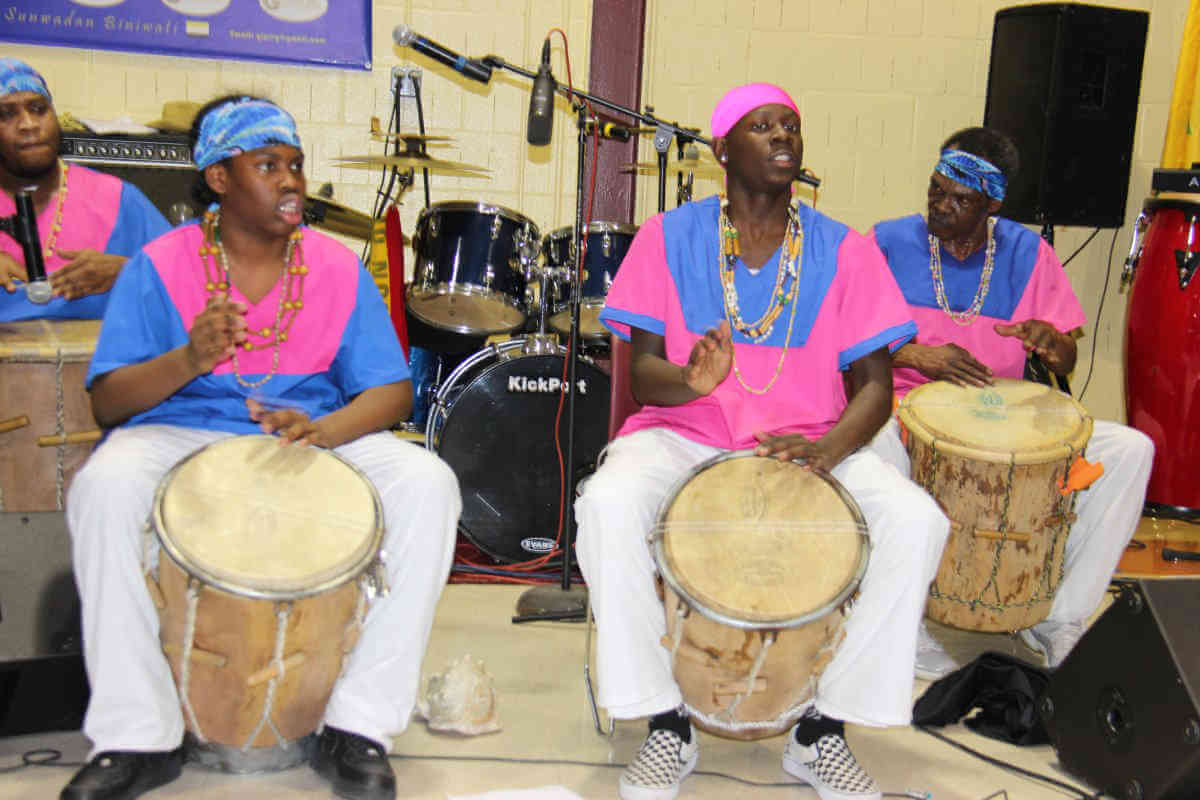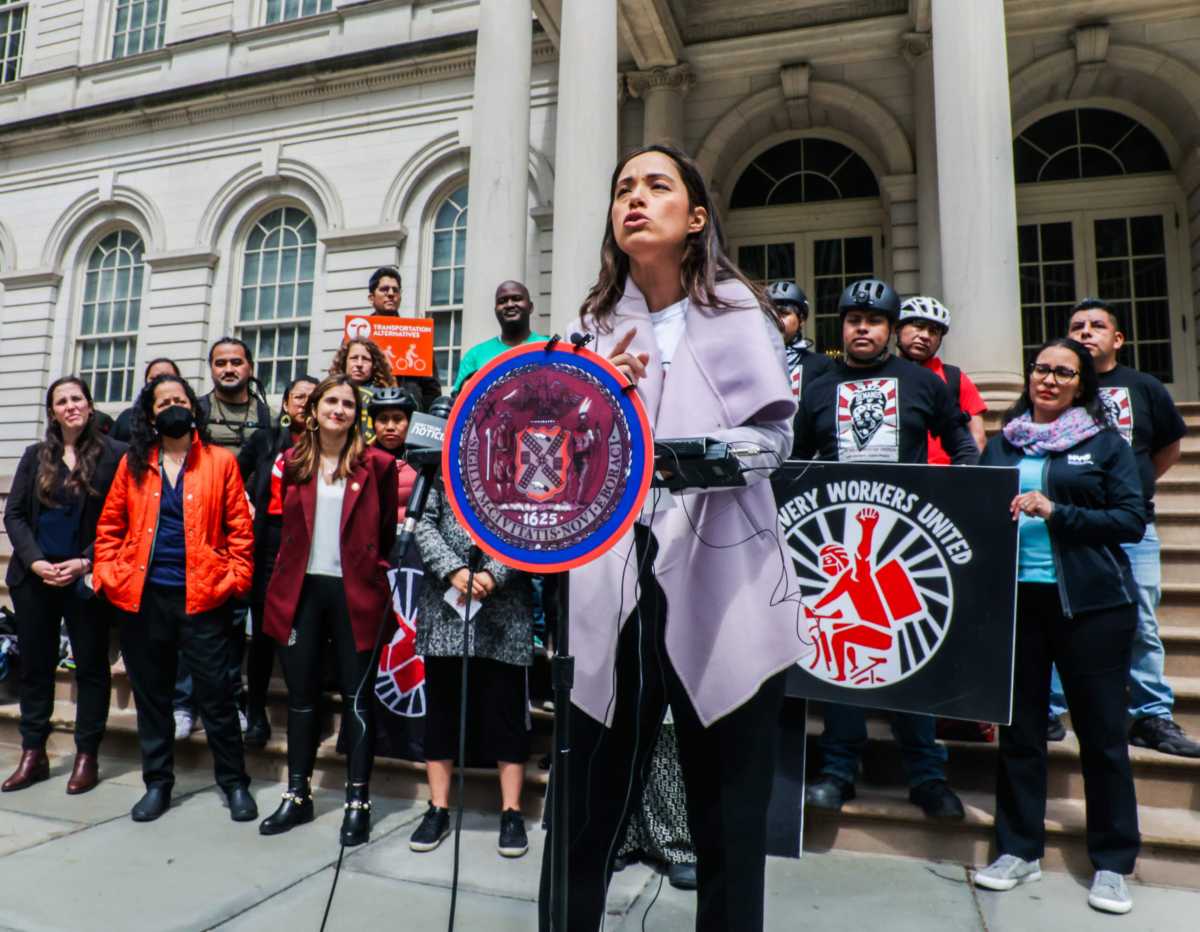Several Vincentian and Garifuna artistes Saturday night brought the house down at the Friends of Crown Heights Educational Center in Brooklyn, as the Brooklyn-based Garifuna Indigenous People of St. Vincent and the Grenadines, Inc. (GIPSVG) hosted its 4th Annual National Heroes Day Cultural Fest.
The Brooklyn-based De Magma Band, Channique, Ron Pompey, PreZzii Don and Zeek collaborated with GIPSVG dancers, the Bronx-based GX-Team and Don Cuellar, and Wabafu Dance Theatre in entertaining the sell-out audience in near five hours of riveting music, songs, historical dances and drumming.
After GX-Team, Cuellar, Wabufu Dance Theatre and GIPSVG dancers revved up captivating patrons, Channique continued the merriment by belching out Bob Marley’s “Rivers of Babylon”; Rasum’s “Perseverance”; her singles “I Can Do Anything” and “Don’t Break My Heart”; and “You Want Me to Go.”
Vincentian calypsonian Ron Pompey then brought nostalgia with hits of yesteryear, such as “Wine Maria”; “Count Yo Money”; “Banana Police”; “Keep Loving Me” and “The Lion Coming.”
Channique and Pompey also teamed up for part of “Keep Loving Me.”
The event also featured performances by GIPSVG Children’s Group, as well as trivia on the history of the Garifuna and addresses by GIPSVG president Marcia James, and St. Vincent and the Grenadines’ United States Consul General Howie Prince.
“We are very pleased that you have joined us to celebrate the legacy of St. Vincent and the Grenadines’ first national hero, Chief Joseph Chatoyer,” said James, a native of Owia, a village north of the Rabacca River on mainland St. Vincent, one of the indigenous communities in the country.
Other indigenous communities north of the Rabacca River include Orange Hill, Overland, Sandy Bay, Point and Fancy.
“We thank you for your support and look forward for your continued support,” James added.
Prince traced the Garifuna history back to 1635, when, he said, there was the “floundering of two British ships carrying African slaves” and the consequent “intermingling of the Carib-Arawak population.”
He also referred to “the rise of great chiefs, Chatoyer and Duvali,” and the ultimate “death of Chatoyer” and the “defeat of the Garifuna” in 1795.
Patrons feasted on a number of indigenous foods, such as dukuna (a potato-based pastry wrapped in banana leaf or foil paper), and pelau, a favorite local dish.





























